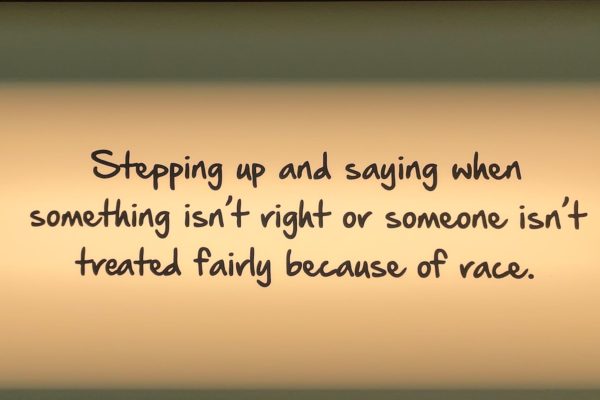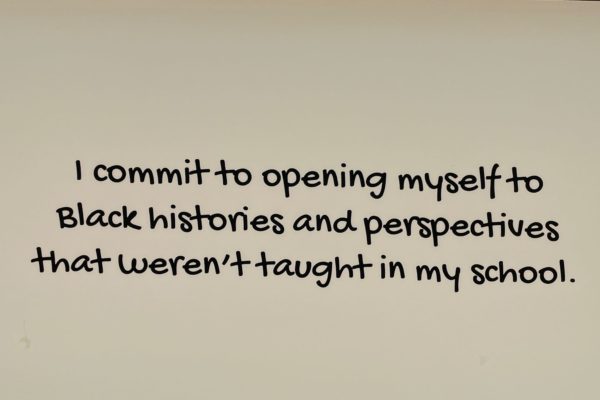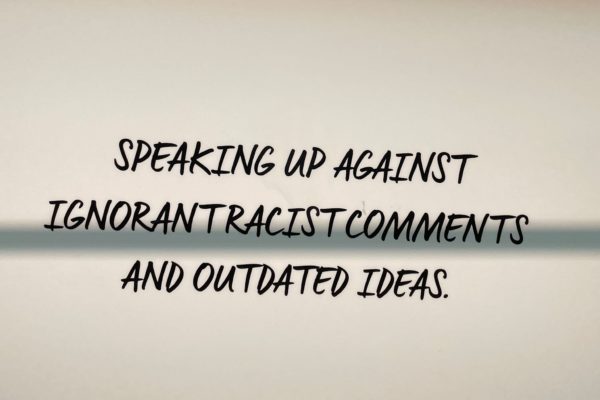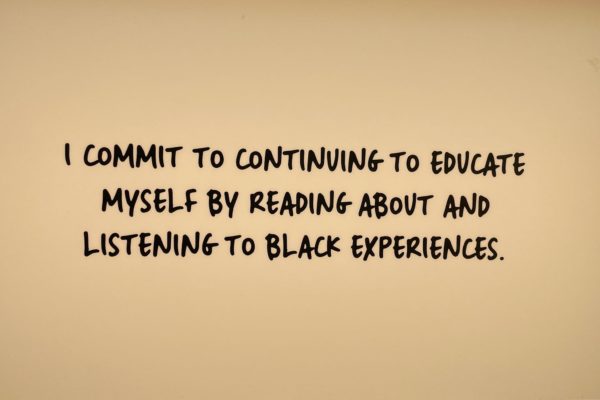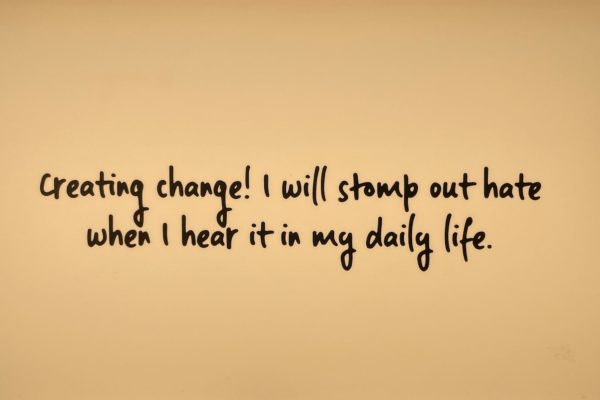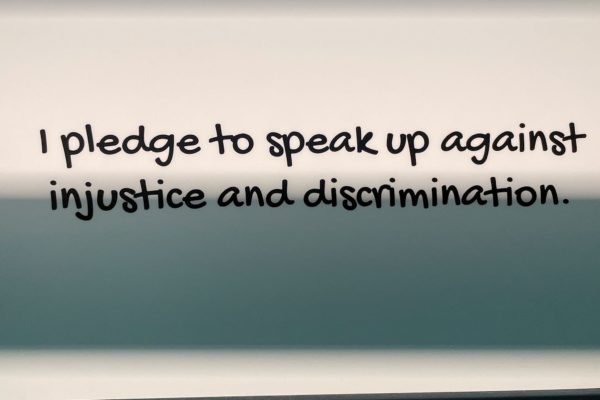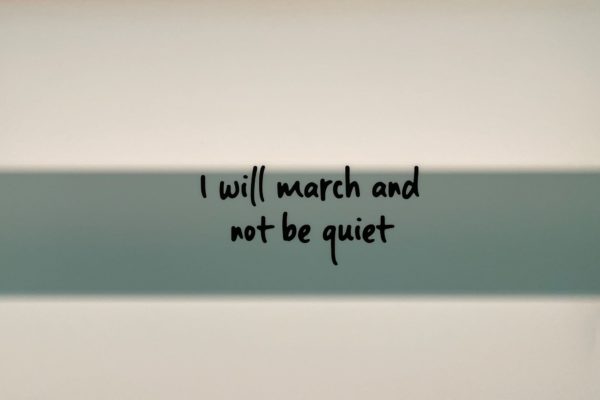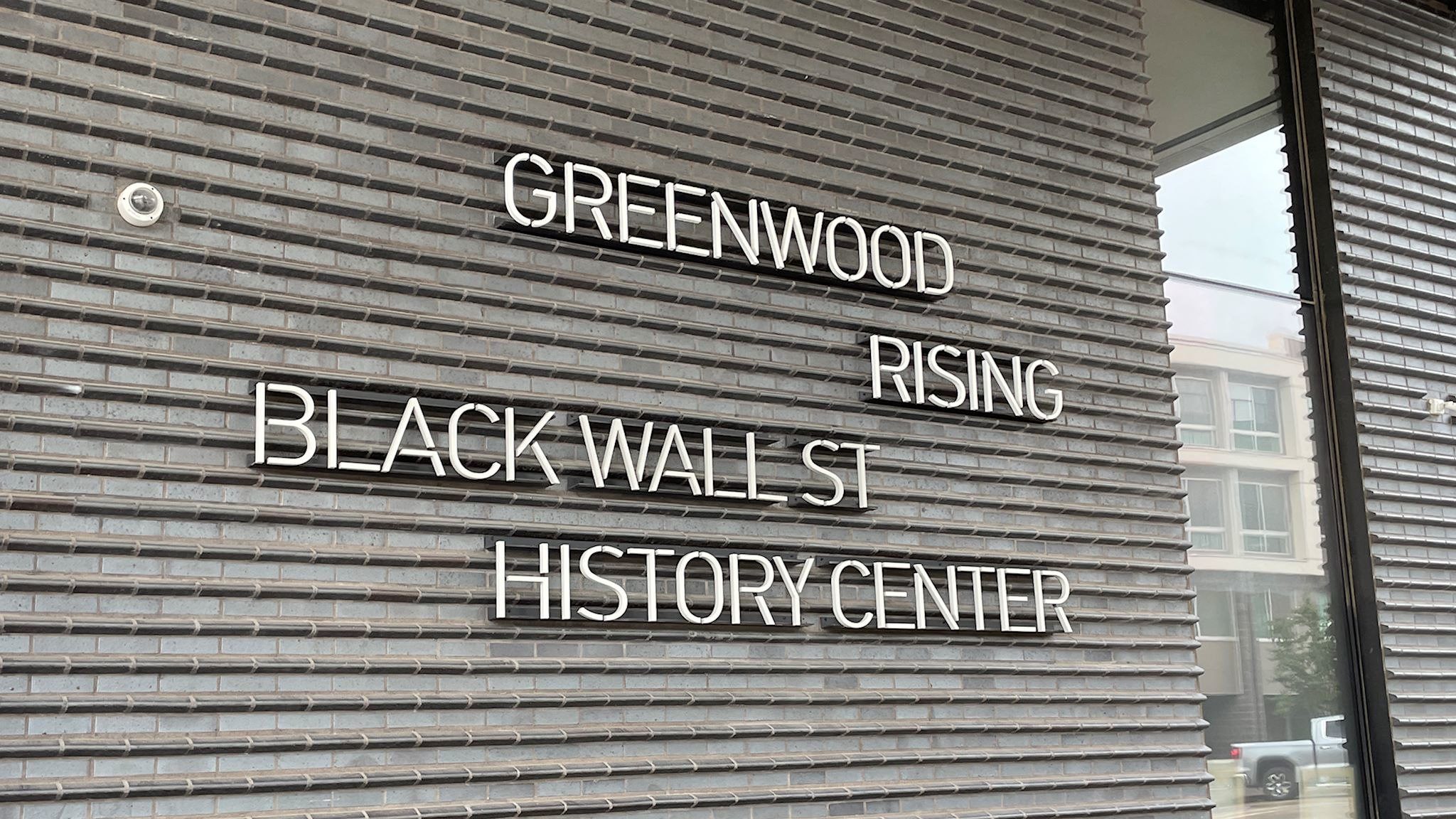
Our plan was to head northwest from Tulsa to meet our friends and fellow travelers Mark and Linda who were going to be in southern Colorado. Unfortunately, their motorhome had a mechanical problem which forced them to skip their rendezvous with us in favor of a visit to the Sprinter dealer, way up in Denver. Though we were sorry to miss our friends, a consolation prize for us was that, if we weren’t heading to Colorado, we could slow down on our push to Albuquerque. We started by extending our stay in Tulsa to take care of a couple of necessities (like laundry) and see a little more of the city. The Arts District we talked about in the previous post is adjacent to, and partly within, the Greenwood section, which was once known as Black Wall Street. Over the past few years, along with many others, we learned for the first time of the history of that area – in particular, of the horrific events that took place there a little more than a century ago, hidden and suppressed for most of the ensuing years. To learn more, we visited the Greenwood Rising History Center.
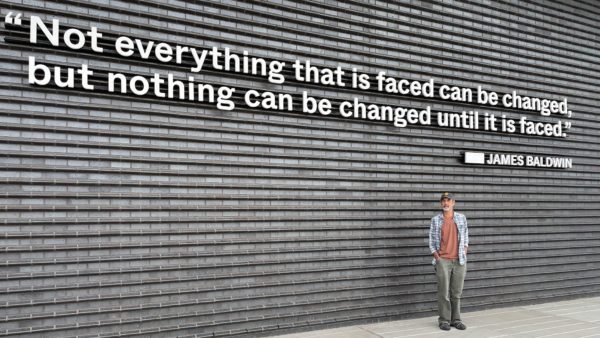
Note: The usually fun, sometimes irreverent tone we generally strive for in this blog is temporarily suspended as we take a serious turn in this post. We encourage readers to visit Greenwood Rising‘s website and learn more for themselves.
Greenwood Rising is a historical center commemorating the 1921 Tulsa Race Massacre that killed 100-300 Black people, injured 800, rendered 10,000 homeless and destroyed the Greenwood neighborhood over 2 days of domestic terrorism by White supremacists.
The tour of the center starts with a beautiful reading and video interpretation of Maya Angelou’s poem, Still I Rise. Have a listen… (this is not the version from the exhibit)
With a series of exceptional multi-media productions, the center then presents an experiential immersion into the spirit of Greenwood before the massacre. Fueled by the oil boom and an entrepreneurial spirit, Greenwood was one of the wealthiest Black communities in the US, earning the nickname Black Wall Street. The thriving community included Black-owned groceries, theaters, hotels, newspapers, and so on – a full range of businesses served by an extensive network of local Black professionals including physicians, dentists, lawyers and clergy.
Despite Greenwood’s success, systemic White supremacy and racial oppression were rampant. After yet another alleged attack of a White woman by a Black man on an elevator ride, a lynch mob formed. As Black residents of Greenwood tried to protect the accused, the mob got out of hand. Overnight, the mob, deputized by Tulsa police, marched through Greenwood setting homes on fire and killing residents in their way. Thirty-five square blocks of Greenwood were leveled. A deeply emotional multimedia exhibit presented the sights and sounds of the massacre, including voices from some of the survivors recounting their memories of those two days.
Although some of Greenwood’s residents left Tulsa, many stayed on and worked to rebuild their community. The community succeeded despite continued struggles with the legacy of racial trauma and continuing discrimination and oppression.
After showing us the horrors of the massacre, the immediate aftermath, and the longer-term redevelopment since, the tour of the center ends with a hopeful note on reconciliation through dialog and commitment. For us White visitors from Vermont – the third Whitest state in the United States – this was powerful, poignant and thought-provoking.
There was a Dialog Space for facilitated discussion that provided comfortable seating and conversation starters in the form of tough questions on racial reconciliation. Though there were no discussions taking place as we came through, we spent a little time there reading and thinking, ourselves. A few of the questions:
- Can you imagine a world without racial hierarchy? What would that world look like?
- How much progress in race relations has been made?
- How would Black economic empowerment change race relations.
- How do you deal with friends or family who have different political views? Do you engage if there are moral disagreements.
- What are your sources of information? Do you think there is such a thing as one truth? How does that affect how we deal with each other?
- What are the sacrifices associated with racial justice? Who must be willing to make them?
Around the corner, the Commitment Space asks visitors what we can do as individuals to further racial reconciliation. A giant curved wall displays curated pledges visitors to the center have made. Below, we have selected a few which we felt we can commit to, ourselves. We hope our time at Greenwood Rising and this post can serve as a first contribution and perhaps a small step forward.
